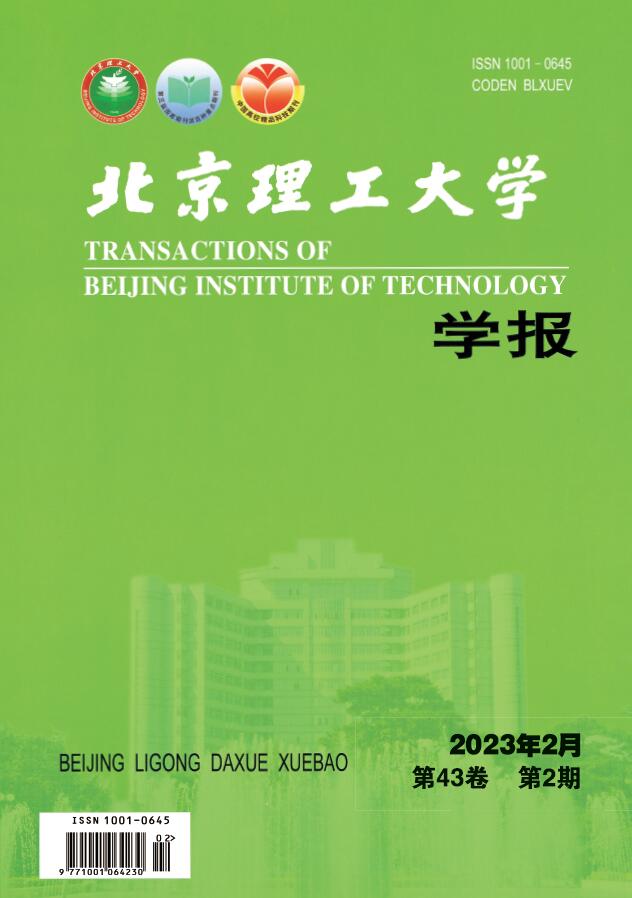2020 Vol. 40, No. 9
Display Method:
2020, 40(9): 915-923.
doi:10.15918/j.tbit1001-0645.2019.220
Abstract:
2020, 40(9): 924-928.
doi:10.15918/j.tbit1001-0645.2019.054
Abstract:
2020, 40(9): 929-934.
doi:10.15918/j.tbit1001-0645.2019.190
Abstract:
2020, 40(9): 935-940.
doi:10.15918/j.tbit1001-0645.2019.228
Abstract:
2020, 40(9): 941-948.
doi:10.15918/j.tbit1001-0645.2019.230
Abstract:
2020, 40(9): 949-955.
doi:10.15918/j.tbit1001-0645.2019.176
Abstract:
2020, 40(9): 956-962.
doi:10.15918/j.tbit1001-0645.2019.243
Abstract:
2020, 40(9): 963-969.
doi:10.15918/j.tbit1001-0645.2019.238
Abstract:
2020, 40(9): 970-974.
doi:10.15918/j.tbit1001-0645.2019.066
Abstract:
2020, 40(9): 975-981.
doi:10.15918/j.tbit1001-0645.2018.191
Abstract:
2020, 40(9): 982-987.
doi:10.15918/j.tbit1001-0645.2020.038
Abstract:
2020, 40(9): 988-993.
doi:10.15918/j.tbit1001-0645.2019.099
Abstract:
2020, 40(9): 994-1001.
doi:10.15918/j.tbit1001-0645.2019.080
Abstract:
2020, 40(9): 1002-1008.
doi:10.15918/j.tbit1001-0645.2019.051
Abstract:
2020, 40(9): 1009-1017.
doi:10.15918/j.tbit1001-0645.2018.086
Abstract:
2020, 40(9): 1018-1025.
doi:10.15918/j.tbit1001-0645.2019.056
Abstract:
2020, 40(9): 1026-1032.
doi:10.15918/j.tbit1001-0645.2018.371
Abstract:


